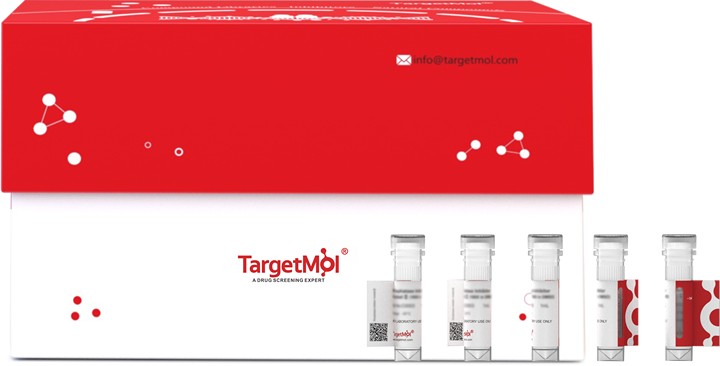Shopping Cart
- Remove All
 Your shopping cart is currently empty
Your shopping cart is currently empty

CD9 Protein-VLP, Human, Recombinant (Flag) is expressed in HEK293 Cells. The accession number is P21926.

| Pack Size | Price | Availability | Quantity |
|---|---|---|---|
| 20 μg | $983 | Backorder | |
| 100 μg | $2,080 | Backorder | |
| 500 μg | $7,450 | Backorder |
| Biological Activity | Immobilized CD9 Protein-VLP, Human, Recombinant (Flag) (Cat#TMPY-07048) at 5 μg/mL (100 μL/well) can bind Anti-Human CD9 Monoclonal antibody, mouse IgG1, the EC50 is 3-10.5 ng/mL. |
| Description | CD9 Protein-VLP, Human, Recombinant (Flag) is expressed in HEK293 Cells. The accession number is P21926. |
| Species | Human |
| Expression System | HEK293 Cells |
| Tag | C-Flag |
| Accession Number | P21926 |
| Synonyms | TSPAN-29,TSPAN29,P24,MRP-1,MIC3,GIG2,DRAP-27,BTCC-1,BA2 |
| Construction | A DNA sequence encoding the Human CD9-VLP (Full Length) (P21926) (Met1-Val228) was fused with a signal peptide at the N-terminus and a flag tag at the C-terminus. |
| Molecular Weight | 26.73 kDa (predicted) |
| Endotoxin | < 1.0 EU per μg protein as determined by the LAL method. |
| Formulation | Supplied as sterile 50mM Hepes, 150mM NaCl, 10% Trehalose, pH 7.2. Please contact us for any concerns or special requirements. Please refer to the specific buffer information in the hardcopy of datasheet or the lot-specific COA. |
| Stability & Storage | Samples are stable for up to twelve months from date of receipt at -70℃. Store it under sterile conditions at -70℃ or lower. It is recommended that the protein be aliquoted for optimal storage. Avoid repeated freeze-thaw cycles. |
| Shipping | It is supplied and shipped as liquid with dry ice. |
| Research Background | The cluster of differentiation (CD) system is commonly used as cell markers in Immunophenotyping. Different kinds of cells in the immune system can be identified through the surface CD molecules associating with the immune function of the cell. There are more than 320 CD unique clusters and subclusters have been identified. Some of the CD molecules serve as receptors or ligands important to the cell through initiating a signal cascade which then alter the behavior of the cell. Some CD proteins do not take part in cell signal process but have other functions such as cell adhesion. CD9 is a member of the transmembrane 4 superfamily, which is also known as the tetraspanin family. CD9 is a cell surface glycoprotein with 4 hydrophobic domains that are described as complex with integrins and other transmembrane 4 superfamily members. It is found expressed on the surface of the exosomes. The protein takes part in cellular signal transduction events and thus play a role in the regulation of cell development and activation, growth and motility. Besides, CD9 seems to be a key role in the egg-sperm fusion during the mammalian fertilization processes. CD9 is found on the membrane of the oocytes and also appears to intervene in maintaining the normal shape of oocyte microvilli. |

Copyright © 2015-2025 TargetMol Chemicals Inc. All Rights Reserved.